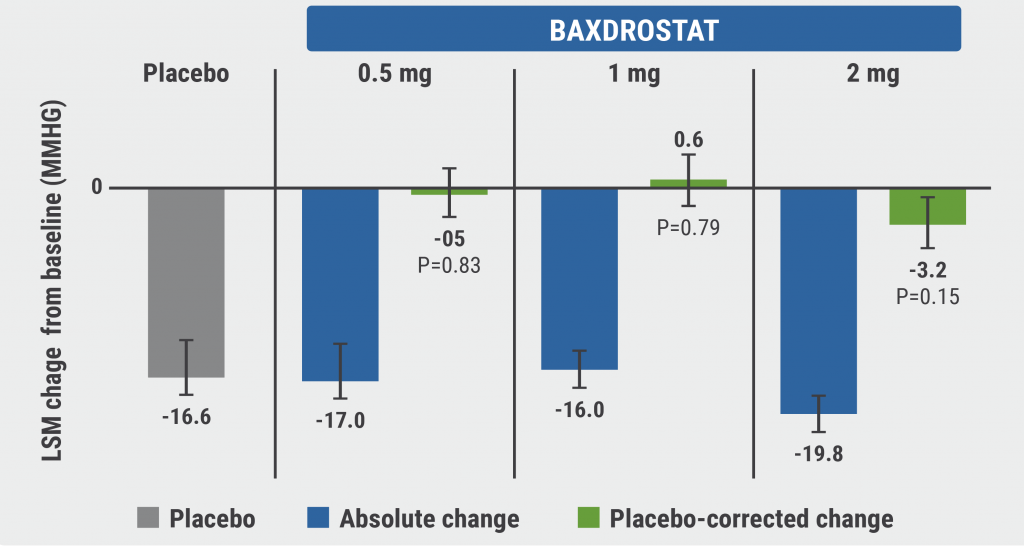Last year, the Forum of International Respiratory Societies (FIRS) published a statement on e-cigarettes [2]. They criticised the increasing use of e-cigarettes among youth, and the fact that the available flavourings particularly appeal to this age group, arguing that flavourings should be prohibited [2]. Recently, the ERS task force report on electronic cigarettes has been published [3]. In the report, the ERS emphasises that e-cigarette aerosols contain potentially toxic chemicals. Even second-hand exposure represents a possible risk. In addition, the long-term effects of vaping are unknown. “There is no evidence that e-cigarettes are safer than tobacco in the long term,” said Prof. Vestbo. Although industry poses that alternative nicotine delivery products are generally harmless, almost all independent studies indicate potential harm. As Prof. Vestbo pointed out, the uncertainty seems to be around the degree of harm rather than the presence of harm.
At present, there is no data on the long-term health effects of using e-cigarettes. A recently published study suggests that vaping may not be safer than smoking [4]. The study assessed the effect of e-cigarettes on proteolysis. Proteolysis is a key aspect of the lungs’ innate immune system, and previous studies have shown that chronic tobacco use leads to excessive proteolysis and can cause bronchiectasis and emphysema. The researchers performed bronchoscopies on healthy non-smokers, cigarette smokers, and vapers and determined protease levels in bronchoalveolar neutrophils and macrophages derived from bronchoalveolar lavage (BAL). Neutrophil elastase and matrix metalloproteases-2 and -9 activities/protein levels were equally elevated in both vapers’ and smokers’ BAL relative to non-smokers.
The authors concluded that vaping induces nicotine-dependent protease release from resident pulmonary immune cells. Thus, chronic vaping disrupts the protease-antiprotease balance by increasing proteolysis in the lung, which may place vapers at risk of developing chronic lung disease [4].
Studies presented during the 2019 ERS congress also support a detrimental effect of e-cigarettes on the lungs’ immune system [5]. Alveolar macrophages and neutrophils are the most important components of the airway innate immune response. Neutrophil dysfunction can lead to recurrent infections, tissue damage, and persistent inflammation [6]. Researchers exposed neutrophils from heparinised blood of healthy volunteers to 40 puffs of e-cigarette vapor (with nicotine but without flavours) and assessed their viability and ability for chemotaxis and phagocytosis [5]. There was no influence on short-term neutrophil viability. However, chemotaxis and chemokinesis were reduced after exposure. In addition, the exposure significantly impaired the neutrophil phagocytosis of E. coli and S. aureus [5].
Another pilot study suggests that e-cigarette aerosols have a negative effect on the barrier function of bronchial epithelial cells [7]. The researchers exposed human bronchial epithelial cells from healthy donors to e-cigarette-flavoured aerosols (tobacco and mango) with and without nicotine for a period of 10 days and compared the outcomes with a clean air control with the help of a Viprocell® exposure system. After exposure, they assessed barrier function of the cells by cell permeability and the number of cilia and ciliary beat frequency.
Bronchial cells exposed to e-cigarette vapor showed an increased permeability and a decreased cilia and ciliary beat frequency. According to the authors, this preliminary data shows that vaping of e-cigarettes disrupts structural and functional integrity of airway epithelia. Such disruption results in airway inflammation and lung disease [6].
- Vestbö J. Oral presentation 5476, ERS 2019, 29 Sept-2 Oct, Madrid, Spain.
- Ferkol TW, et al. Eur Respir J 2018;51(5):1800278.
- Bals R, et al. Eur Respir J 2019;53(2):1801151.
- Ghosh A, et al. Am J Respir Crit Care Med 2019. Doi: 10.1164/rccm.201903-0615OC.
- Jasper A, et al. PA2404, ERS 2019, 29 Sept-2 Oct, Madrid, Spain.
- Ghosh B, et al. PA2395, ERS 2019, 29 Sept-2 Oct, Madrid, Spain.
- Polosa, et al. Expert Rev. Respir. Med. 2019;13(9):899-915.
Posted on
Previous Article
« Antifibrotic therapy slows disease progression in ILD Next Article
Pregnant women and their offspring: a high-risk group for air pollution »
« Antifibrotic therapy slows disease progression in ILD Next Article
Pregnant women and their offspring: a high-risk group for air pollution »
Table of Contents: ERS 2019
Featured articles
Letter from the Editor
Interview with ERS president Prof. Tobias Welte
Holistic View on Asthma
Holistic view on asthma
COPD Management
COPD patients derive clinical benefit from β-blockers
COPD patients harbouring Pseudomonas Aeruginosa face high risk of hospitalisation
One blood eosinophil count is sufficient to guide ICS therapy
Female COPD patients frequently suffer from anxiety and depression
Dual bronchodilation improves ventilation dynamics in COPD patients
Vaping
Vaping impairs innate immune response of the airway
Alternative nicotine delivery products: no help in smoking cessation
Air Pollution
Pregnant women and their offspring: a high-risk group for air pollution
Taxi drivers exposed to highest levels of black carbon pollution
Infectious Respiratory Disease: the Role of Vaccines
Vaccines show multiple positive effects with respect to respiratory health
Pneumococcal vaccines: an effective way to reduce COPD hospitalisations
Interstitial Lung Disease
Antifibrotic therapy slows disease progression in ILD
Reduction of FVC decline in systemic sclerosis-associated ILD
Registry confirms nintedanib efficacy under real-life conditions
Best of the Posters
Fever during immunotherapy for NSCLC associated with shorter PFS
Smart shirt as a device to measure tidal volumes in real-life setting
Exercise with virtual reality beneficial for COPD patients
NSCLC: A new way to evaluate hilar and mediastinal lymph nodes
COPD patients do not benefit from azithromycin therapy longer than a year
Novel Developments in Infectious Disease
Long-term azithromycin decreases exacerbations in primary ciliary dyskinesia
Predicting community-acquired pneumonia outcomes by microRNA testing
Pulmonary Vascular Disease
Balloon pulmonary angioplasty for inoperable chronic thromboembolic pulmonary hypertension
Related Articles

November 7, 2024
VERONICA: Improving BP control in Africa with a simple strategy
© 2024 Medicom Medical Publishers. All rights reserved. Terms and Conditions | Privacy Policy
HEAD OFFICE
Laarderhoogtweg 25
1101 EB Amsterdam
The Netherlands
T: +31 85 4012 560
E: publishers@medicom-publishers.com

